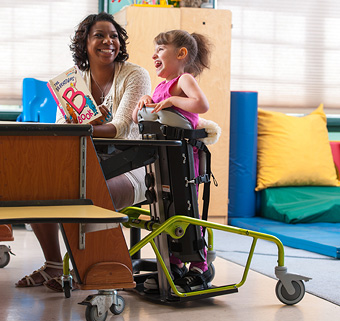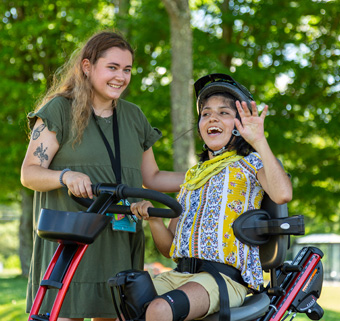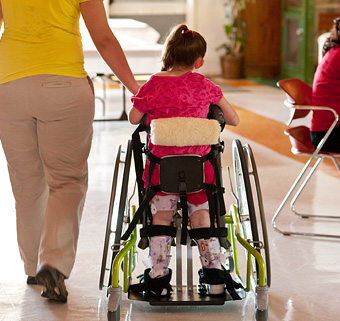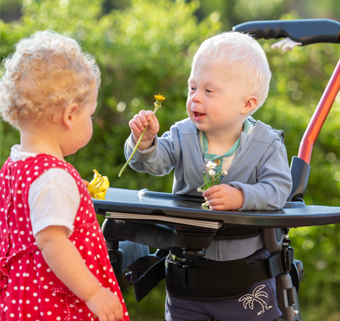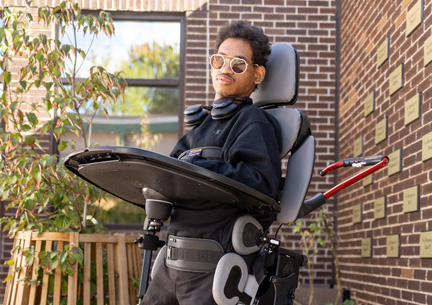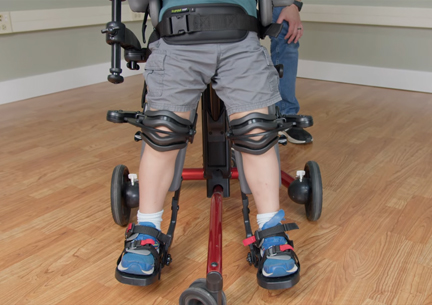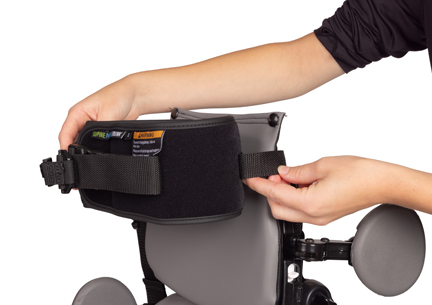Adaptive Standing in Early Intervention for Children with CP
| August 2023 The first few years of a child’s life are a critical time of cognitive, emotional and physical development. Early active movement and environmental exploration drive development through the building of cortical connections and physical adaptation in response to the movement. Early and “on time” intervention provides an opportunity to take advantage of a critical developmental window for infants with developmental challenges who lack early access to independent weight-bearing and mobility.
The first few years of a child’s life are a critical time of cognitive, emotional and physical development. Early active movement and environmental exploration drive development through the building of cortical connections and physical adaptation in response to the movement. Early and “on time” intervention provides an opportunity to take advantage of a critical developmental window for infants with developmental challenges who lack early access to independent weight-bearing and mobility.
Providing an adaptive stander to young children with cerebral palsy is one such early intervention that is strongly recommended. In addition to encouraging this continued development, an adaptive stander can delay or prevent hip dysplasia, contractures, and bone mineral loss.
This research-based whitepaper, Adaptive Standing in Early Intervention for Children with CP, summarizes the evidence behind early adaptive standing and recognizes how it is not only important for fitness and function, but also for building friendships and improving quality of life. Our focus should be on how to best intervene today to improve tomorrow’s outcomes. Early adaptive standing is an evidence-based means towards a brighter future for the youngest children with CP. We should advocate for it.
